Are you tired of spending money on content marketing… especially because it isn’t generating any income for you? Sure, you can throw some ads up on your blog, but unless you get millions of visitors a month, you probably won’t get a great return.
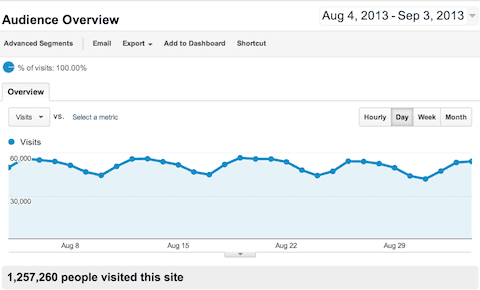
Just look at the image above. That content site gets over one million unique visitors a month and monetizes through AdSense. Can you guess how much money it makes each month?
If you guessed $10,000 or even $20,000 a month, you got it wrong. The site only generates $4,000 a month from ads. When you factor in hosting and maintenance costs, however, the site is actually losing around $3,000 a month.
So what’s a better strategy to convert your blog readers into customers?
Below are 19 tips to consider when working on increasing conversions on your blog.
1. Know your audience
You will get absolutely nowhere if you don’t consider your audience first and foremost.
It seems obvious, right? But many bloggers get this wrong. They post irrelevant content and then scratch their heads, wondering why the content didn’t do well.
Even if you put out awesome content, it’ll be worthless if your readers don’t love it. You need to find out what your readers want and make it happen.
But how do you get the scoop on your readers?
One of the best ways to get to know your readers is by surveying them. You can send out a mass survey or schedule calls with a few readers to find out exactly what your audience wants.
Next, check out your comments section. Read through each comment, and really listen to what your readers have to say. You’ll likely find that certain types of posts tend to have more comments.
And don’t forget to check your social metrics. Which articles have been shared or retweeted?
Last but not least, I’ll share one of my favorite tools for getting into your readers’ minds: Google Analytics.
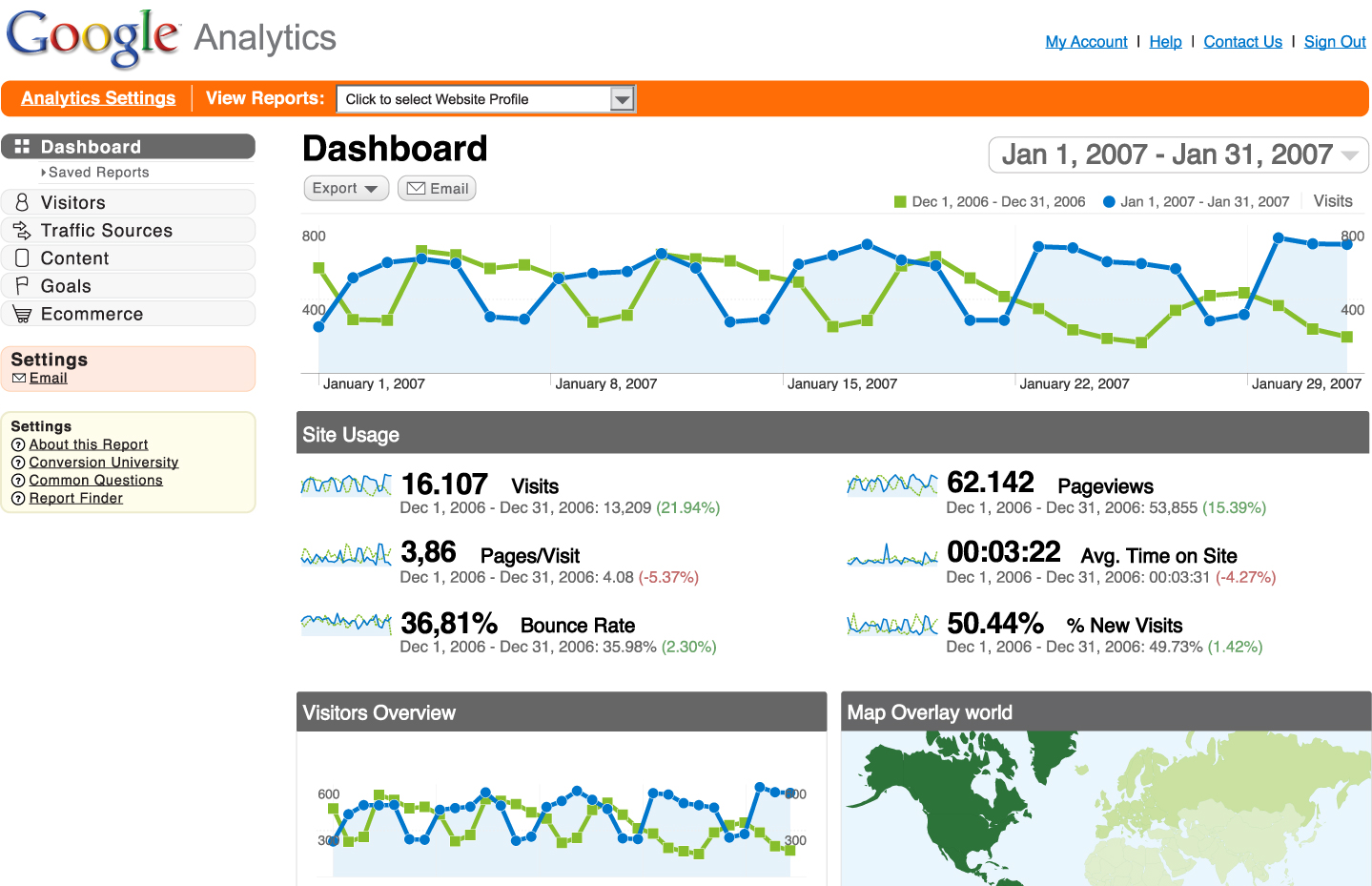
Google Analytics (GA) can reveal a lot about your readers. You can find out where your readers are from and what their interests are. Every blogger needs to know and use GA.
2. Provide a ton of value
Value should be your number one priority as a blogger. I’ll even go a step further and say that it’s impossible to run a truly great blog without providing a crap ton of real value.
But can you sell based on value alone?
It’s a good question. So let’s look at what happens when you take price out of the equation.
Tom Morkes had a blog that people really liked, but he realized it wasn’t profitable. So he wrote an e-book and released it to a whopping 166 subscribers. Don’t laugh yet—the results will astound you.
Tom chose a pay-what-you-want method so his readers would have a choice. And lots of his readers chose a price of $0.
But Tom’s readers contributed an average of $15 per e-book. And he made an impressive $493.50 in the first month by offering something free.
See the numbers for yourself:
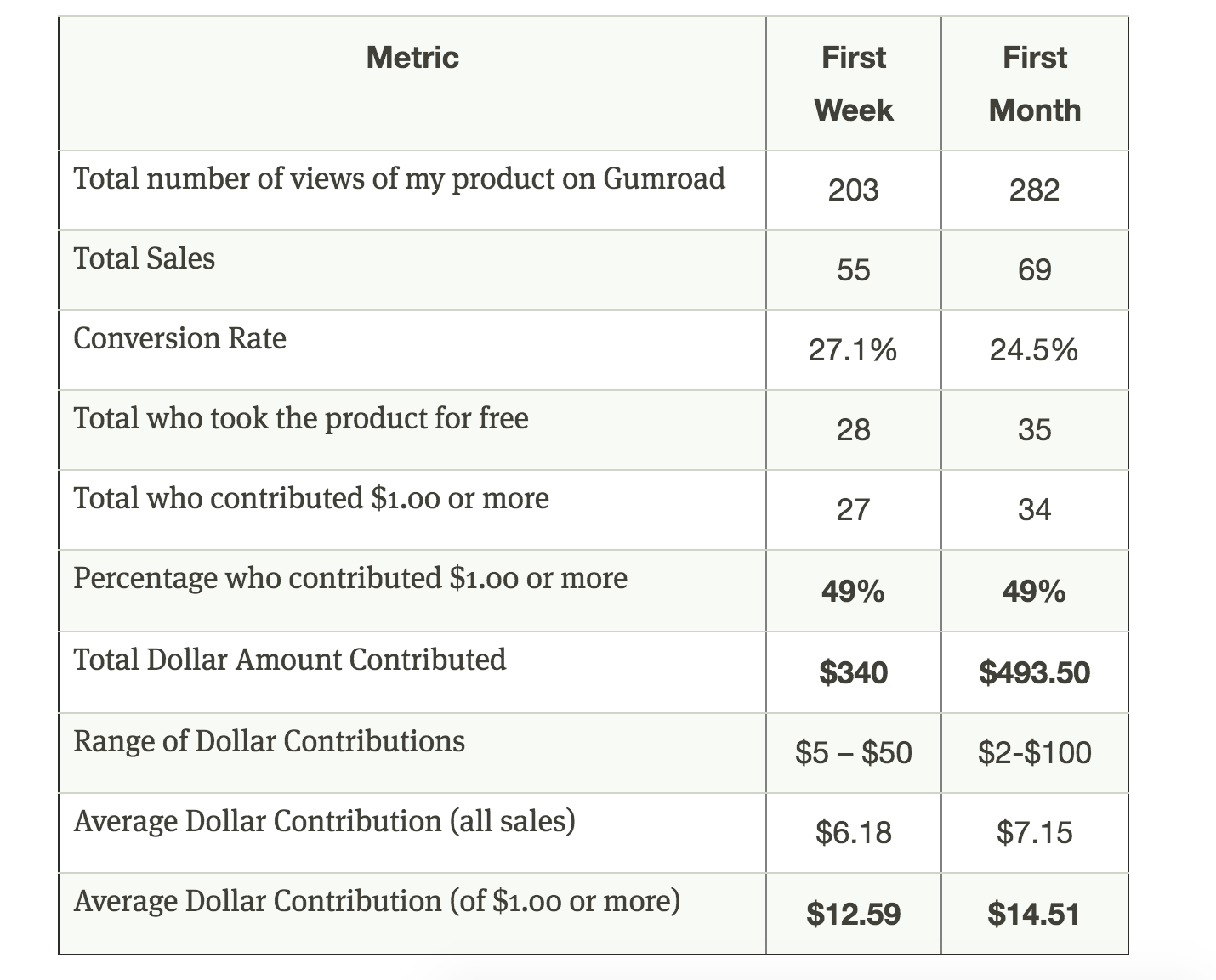
This is a fantastic case study to show just how well value can sell. If you have immensely valuable content, you can sell like crazy even if you offer it free.
3. Deliver content that is aligned with user intent
One of the most direct ways to gain more conversions is to create content that satisfies user intent.
What is “user intent?”
User intent is what someone wants when they type something into Google.
For example, if I want to fly to Delhi next week, I would type in: “tickets from Atlanta to Delhi.”
My intent as a user is to purchase an airline ticket from Atlanta to Delhi, India.
In response to my query, Google would show me some airlines with flight times and rates.
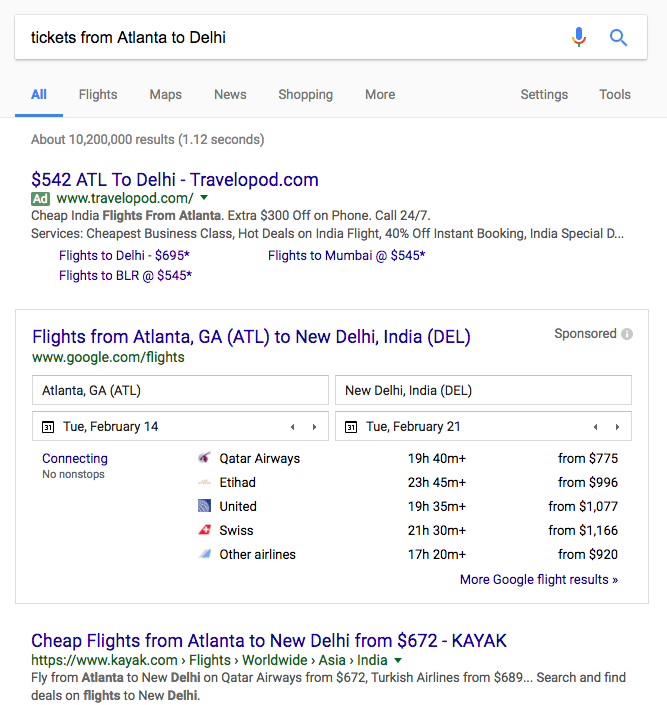
There are three main types of user intent, often called “query types.”
- Navigational: The user is trying to get to a specific website. For example, “quick sprout blog.”
- Informational: The user is trying to learn information. For example, “how do I increase my blog’s conversion rate.”
- Transactional: The user is trying to purchase or make a transaction on something. For example, “Coupons for Huggies diapers.”

Google is pretty good at determining the type of query you’re using and the best results to provide.
When I searched for airline tickets, Google provided a quick and accessible way to make a purchase based on my transactional query.
When you’re creating long-form blog articles, you are most likely targeting informational queries. These informational queries often bring up blog articles. (Transactional queries, by contrast, usually bring up product pages.)

But we still need to understand the following: What does user intent have to do with conversions?
The answer lies within the buying funnel.
The buying funnel is a model that marketers use to demonstrate how users get around to purchasing something.
The iterations of the buying funnel are many. But the basic idea is this:
- The prospect becomes aware of the product.
- The prospect begins to consider, research, or compare different products.
- The prospect makes their decision and buys the product.
Congrats! The prospect has become a customer.
This is what the funnel looks like:

You, as a marketer or website owner, are targeting an individual within the second phase of the funnel—research and comparison.
Notice that the research phase is part of the user’s buying funnel. The information they find based on their query and intent can lead to a purchase.

Your content gives the user what they want.
They want detailed information? They want to hear a solution? They want a helpful discussion?
Enter your content, which satisfies their intent.

Such content can eventually lead to a purchase.
That’s why I recommend you deliver content aligned with user intent.
A simpler way to say it is this: Figure out what the customer wants, and give it to them.
Remember, at this point the person typing in a query is not a paying customer. They are an individual looking for information.
If they trust your website and content, they will move closer to becoming a customer—to converting on your content.
4. Link to a relevant product
Linking to one of your products is a simple but effective strategy for getting eyeballs to your storefront.
But here’s the catch: you have to share a relevant product.
If your blog post is about making the best pumpkin pie and you include a link to your guide to wine tasting, the conversion rate won’t be very high. That’s because your readers are there for the pumpkin pie.
But if you share a link to your guide to pumpkin-pie-making with those same readers, you’ll see much better results.
Here’s Carol Tice from Make A Living Writing using this strategy:
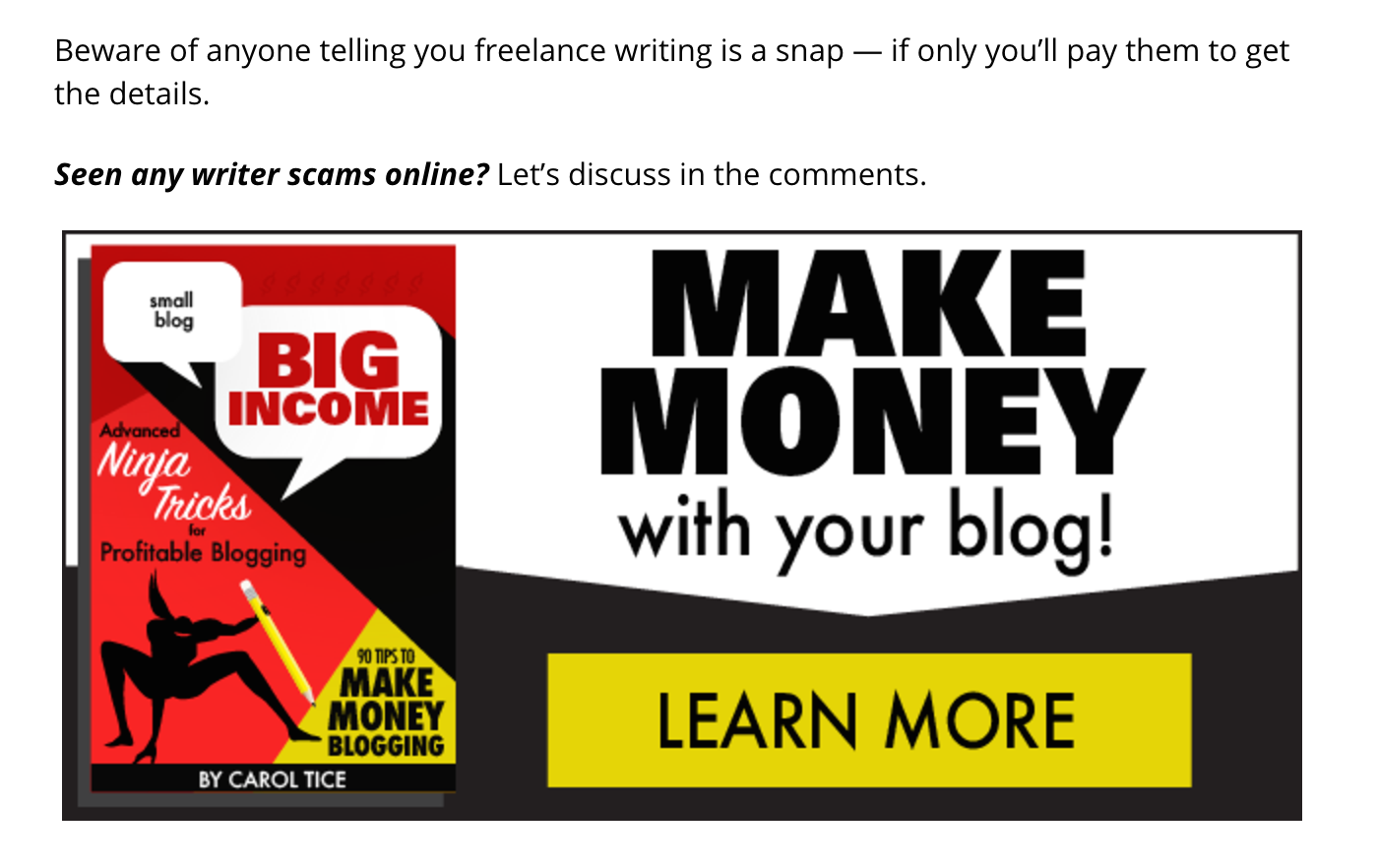
To give you some context, Carol’s post is about a freelancing scam. By sharing this product at the end of the blog post, she’s letting readers in on a surefire method of revenue.
Solve your readers’ problems by sharing relevant products with them, and you’ll make their day.
5. Describe an insanely valuable use of your product
It makes sense why no one would want to buy your product unless they saw its benefits.
So don’t beat around the bush—show off your products’ benefits.
But it’s important that you’re not just praising your product as the best thing since sliced bread. You have to give readers specific, detailed reasons why your product is great.
MailChimp does this excellently. Their post “Why Clients Render Email Differently” mentions their Inbox Preview feature, but it doesn’t read like an advertisement for that feature.
Instead, it talks about the similarities and differences in email clients that readers should be aware of.
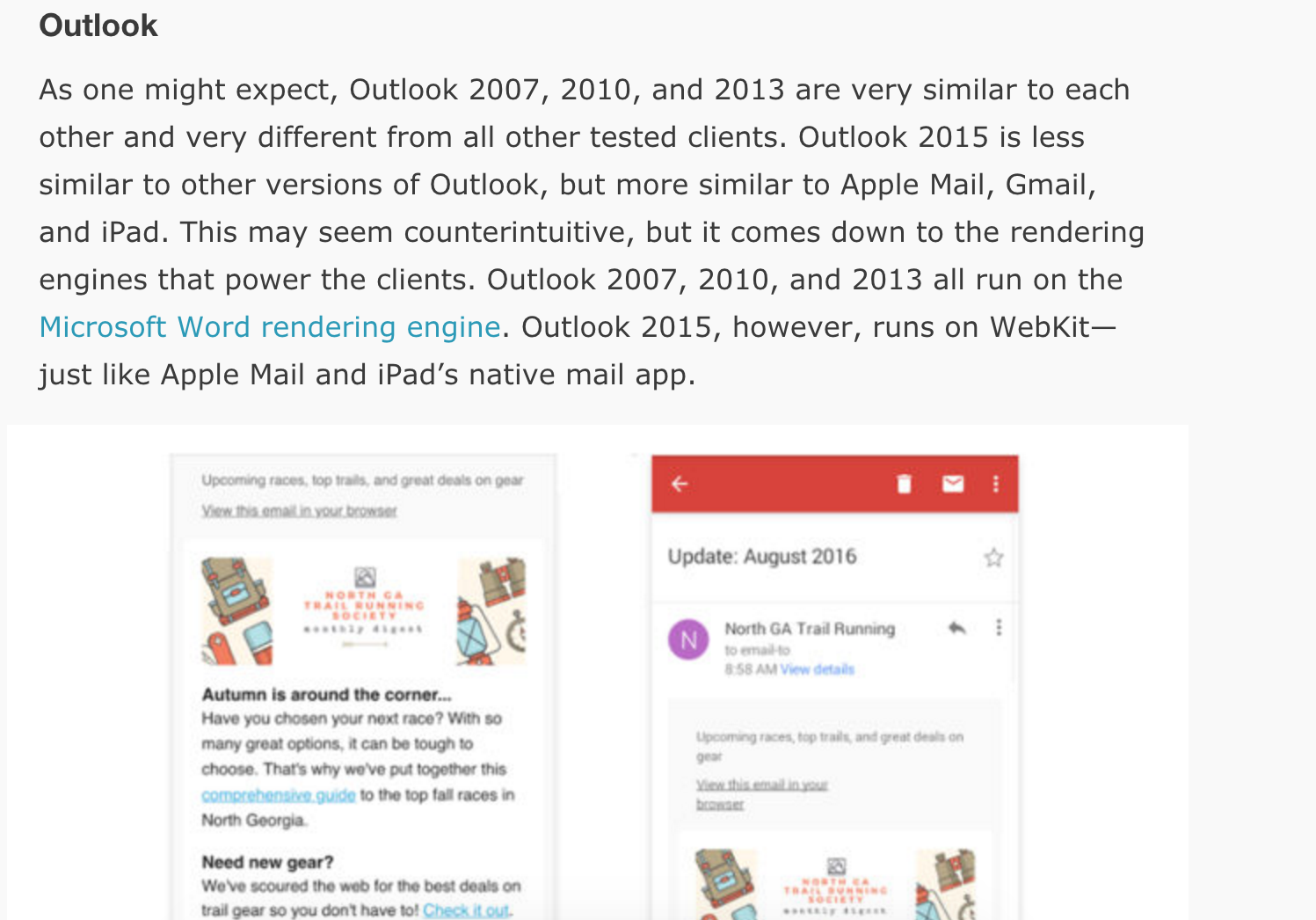
This part is crucial: You can get value from this article even if you don’t buy their product.
Your blog post should still be value-packed. You’re simply letting your readers know that your product provides a shortcut to the results they want.
In other words, don’t dangle your product in front of your readers’ faces and say, “You have to buy this to get anything good.” Give them the good stuff in the post itself.
6. Blog about your customers
Sharing your customers’ experiences with your product can work wonders. Your readers get to see how your product is benefiting real people, and they’ll become more interested without feeling pressured.
TOMS does this with its “Locals Who Give Back” blog post series. Each post profiles a TOMS customer who is making a difference in their local community.
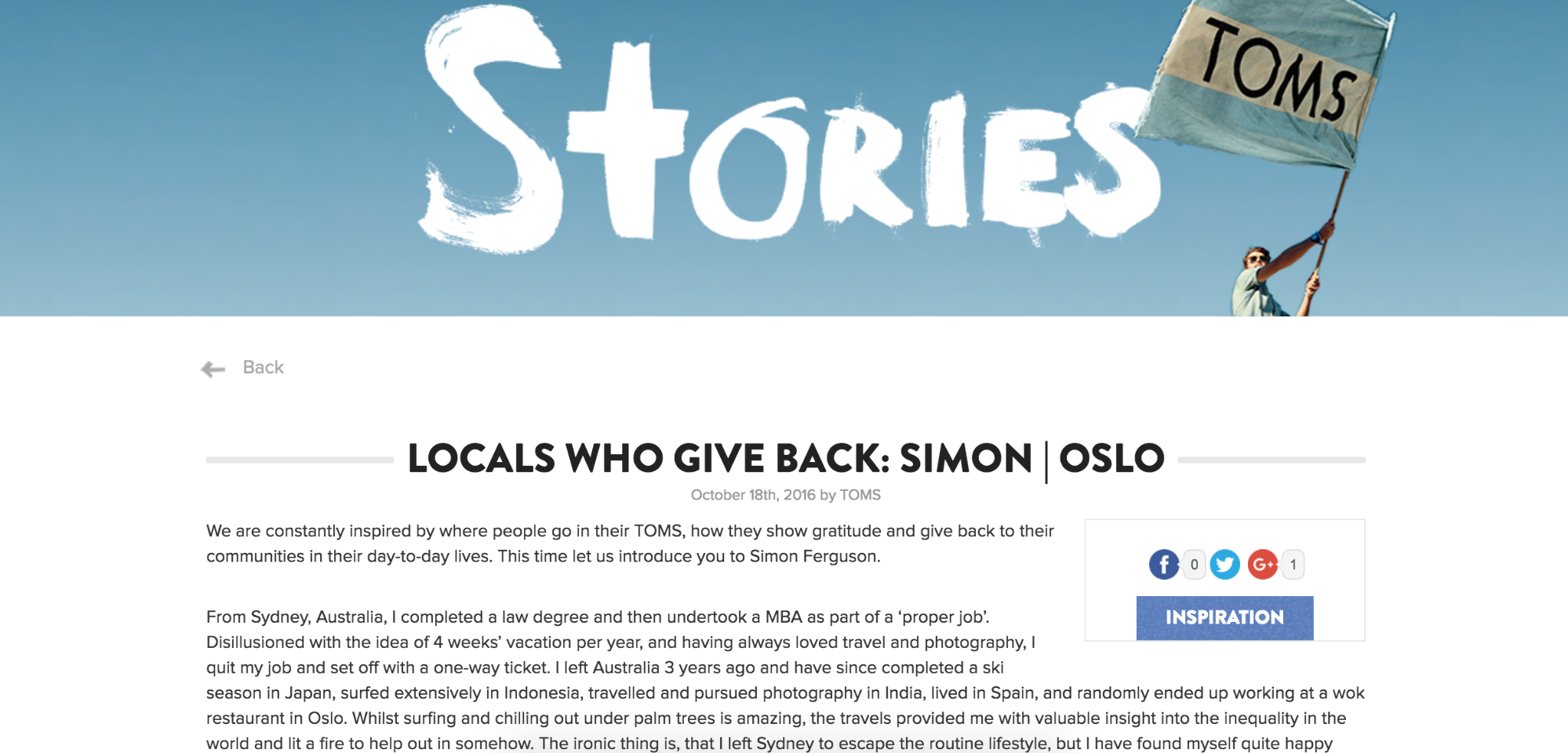
Don’t worry—you don’t have to be TOMS to do this effectively.
All you have to do is make heroes out of your customers. Listen to ordinary people’s stories, and broadcast them to your audience. Your readers will instantly connect with these stories, and that means they’ll connect more with your brand.
7. Do affiliate marketing (the right way)
There’s a reason why tried-and-true methods are tried-and-true. Affiliate marketing is no exception.
But you know what I can’t stand? When bloggers try to hide the fact that they’re using affiliate links.
If your readers really love your blog, they’ll be more than happy to help you out by buying something they were already interested in anyway.
Pat Flynn from Smart Passive Income has two great rules for affiliate marketing:

Don’t be an intrusive salesperson who hawks products to their readers. Be your readers’ friend, and recommend products that will improve their lives.
8. Fix a problem
People will always have problems, and they will always want to fix those problems. That’s where you come in.
By fixing your readers’ problems with your blog posts, you’re earning their trust. Eventually, they’ll want to check out what you have to offer.
SumoMe does this by regularly posting monster guides that cover a subject exhaustively. And if you look at their articles (like this guide on content upgrades), you’ll see they go over everything. They leave no stone unturned.
But you don’t have to write thousands of words to fix problems—shorter can work too. No matter the approach you choose, make sure you’re thorough when fixing your readers’ problems. Don’t give them a temporary duct tape fix—give them a long-term remedy.
9. Give away a preview
You know what the trouble with a lot of products is? They’re all talk. Any product can sound great with a well-written description.
But if you know you’ve got something good, give your readers a free preview. Let them in on the action so they can see for themselves just how great your product is.
If you have a subscription service, give your readers a free trial. If you have an e-book, give away the first chapter.
Here’s my challenge to you: Give away more than you think you should.
When Seth Godin released his book Permission Marketing, instead of just giving away one chapter, he offered the first four chapters free. (And the offer still stands!) That free preview didn’t stop the book from creating a legacy with marketers all over the world.
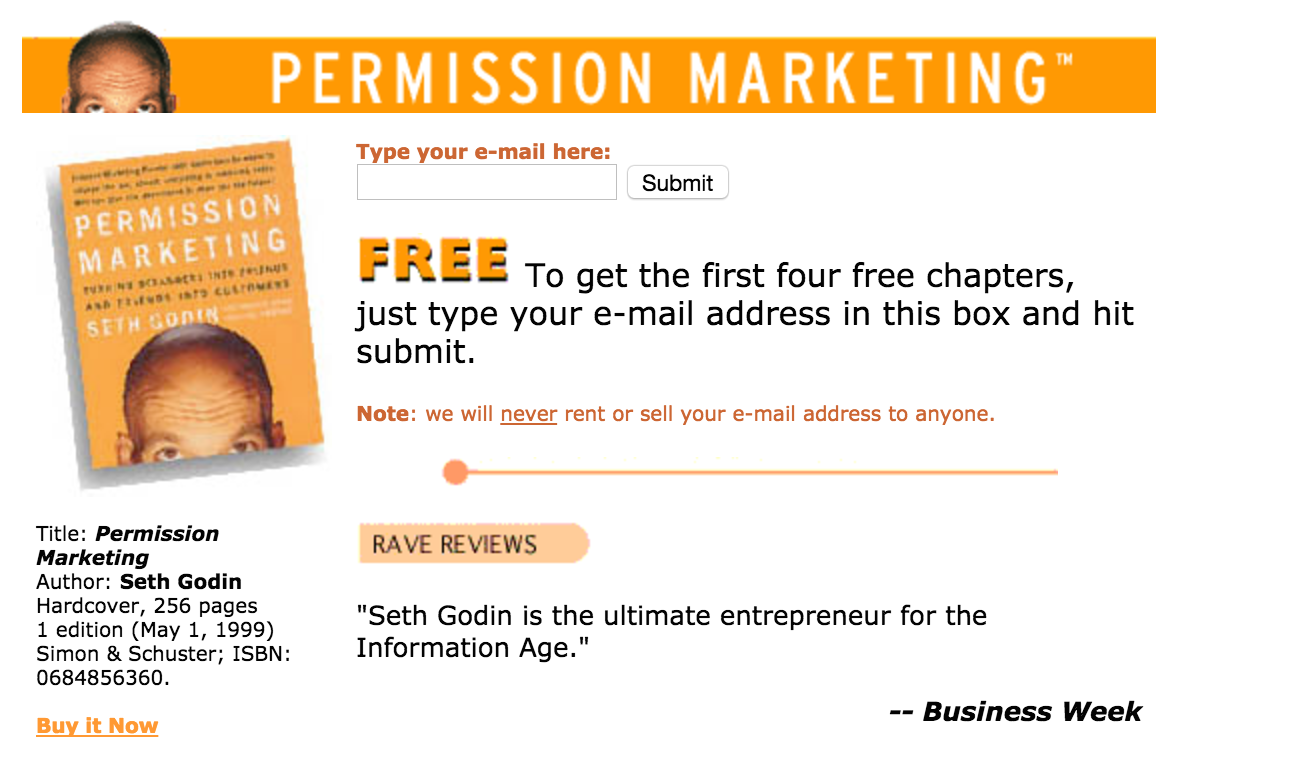
And make sure your free preview is packed with good stuff. Don’t give away a limited free trial or an introduction. Give your readers the good stuff, and when there’s no more free content, they’ll likely pay for more.
10. Hold a contest
No one can resist the offer of something free. You can leverage this by holding a contest on your blog.
You’re probably thinking, “How can I generate sales if I’m giving something free?”
This is how. Contests help you grow your audience and build interest in your brand. After a successful contest, you’ll have a lot more people to share your products with.
To get the best results with your contest, go social. For example, use Rafflecopter to give extra entries to people who perform certain social actions, such as liking and sharing your page:

11. Offer a weekly webinar
If you have a product or service, you should consider doing a weekly webinar. The webinar shouldn’t just be about your product or service, but instead it should be around something that benefits your potential customers.
For example, although we sell a customer analytics solution at KISSmetrics, we continually create webinars on marketing-related topics as our ideal customer is a marketer.
Giving them useful information about marketing builds trust within our brand, and that drives signups. Plus, whenever we see a fit, we can always plug our analytics solution within our webinars.
Now, the tricky part about webinars is that you have to convince people who are watching them to sign up for your product or service. Here are the two ways we do it:
- Ask them to sign up : you can tell people who are watching your webinar to sign up for your product or service. I’ve found that if you get 10% of the people to convert, you are doing really well, especially if you are driving them to a paid product. Realistically, less than 5% of the viewers will actually sign up for your paid product if you ask them to do so within the webinar.
- Offer a free trial : when people are signing up to watch your webinar, include a “check box” that gives them an option to sign up for a free trial of product. We typically can get 41% of the people who sign up for our webinars to opt-in for our free trial using this approach.
12. Pay for remarketing
It’s much easier to drive traffic to your blog than to your main site because content marketing can drive millions of visitors through the use of infographics, content guides, and plain old blog posts.
Once you have a large audience reading your blog, you want to remarket to them. Through services like Retargeter and Perfect Audience you can pixel all of your blog readers so that when they browse random sites like TMZ, they will see a banner ad for your company.
We’ve found that when you remarket to your blog readers, you will get a click-through rate .2%. Out of all of those visitors, 3.58% will convert into customers.
13. Collect emails
My favorite way to monetize a blog is through emails. It’s a much longer process than the above methods, but the conversion rates tend to be higher.
Let’s start with the ways you can collect emails on your blog:
- Popup : by leveraging tools like PopUp Domination, 1% to 3% of your readers should be giving you their email address.
- Sidebar : by adding an email opt-in form within your sidebar, you should be able to convert .5% to 2% of your readers into an email subscriber.
- Blog posts :at the end of each blog post, you can add an email collection box. Typically .75 to 2% of your readers will convert into an email subscriber with this option.
I know the percentages above vary a lot, but it depends on how many of these opt-in methods you use. The more you use, the more cannibalization there will be, so your percentages across the board will decrease. But if you offer something for free in exchange for someone’s email, such as an eBook, your percentages can potentially be on the higher end.
Once you have the emails, you want to create an email drip system. Typically, the email drip consists of at least seven emails, and it is sent to people automatically over time. With services like MailChimp, Aweber or SendGrid, you can easily create a drip. Within those emails, you need to educate your customer base and sell to them over time.
A good email drip should convert at around 5%. So, if you collect 100 emails, 5 of them should turn into customers. And if you suck at writing drips, you can always hire consultants to write them for you.
The key to email copywriting is to educate first, build trust second, and then sell. And you can’t do this by just writing a few emails, which is why the rule of thumb is to sell on the 7th email as it is hard to accomplish all of that in less than 7 emails.
14. Create loyal readers
The first thing you need to know about converting visitors into customers is that the loyal visitors tend to convert first. They believe in what you are preaching; they appreciate everything you have to offer; and they tend to be early adopters.
You can increase your visitor loyalty by doing the following:
- Responding to every email you get from your readers.
- Replying to comments on your blog to show your readers that you care.
- Continually giving people more information and great content, all for free.
Although these three tactics will help you build a loyal audience, one strategy you should also consider is videos. Videos tend to have a higher perceived value, which is why people look forward to watching them.
But if you suck on camera like I do, another form of video content that you can leverage is webinars. They are just as powerful as other types of videos, but they are better suited to sell products or services.
15. If you use a form, limit it to three fields
I suggest only one field (an email address) if possible, but this depends on the product you’re selling.
SumoMe asks for only a user’s email address:

For creating an account—a different purpose—they’ve included three fields on the form:
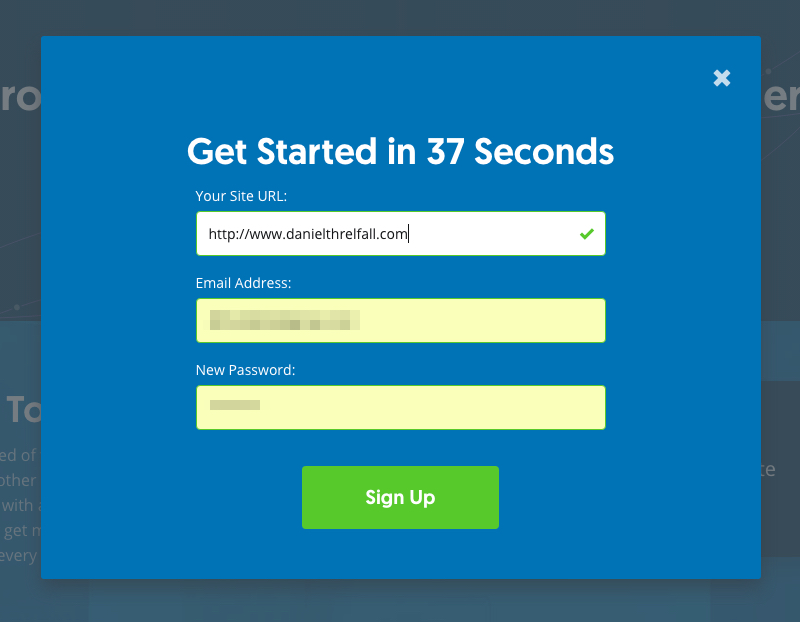
It’s still easy, fast, and effective.
16. Create a low-barrier-to-entry conversion action
The definition of conversion is pretty simple:
“The point at which a recipient of a marketing message performs a desired action.”
When you ask for a conversion, you’re not asking your blog reader to pull out their credit card and give you their money. You’re simply asking them to take the next logical step.
Often, this is an easy, low-cost, and logical way to take the relationship to the next level.
Here are some common conversion actions. Notice that each of these takes a few seconds and clicks:
- Email subscription
- Free trial
- Download a resource
- Facebook like
- Twitter follow
- LinkedIn follow
- Pinterest follow
- Instagram follow
- Google Plus circle
- YouTube subscription
Let’s take a look at a few of these. Each of these are located on a long-form blog article.
Buffer invites you to get started with a free account. The header pictured below is persistent, meaning you’ll always see it as you scroll through the article:

The Optimizely blog invites you to get a copy of their customer stories:

The Marketing Sherpa blog uses a shadowbox popup to invite you to subscribe to their mailing list:

Kissmetrics asks you to try their SaaS:

17. Make it appealing and persuasive
Don’t lie, cheat, or steal when you’re asking for a conversion. Just be honest and ask for what you want.
The right kind of users want to convert. But sometimes, it takes a little persuasion and some good old-fashioned appeal.
Here’s an example.
If you read my blog, you’ve probably seen this little box:

I’ve put that call-to-action box in my content because I want to persuade you to get your website analyzed.
You have a choice. I’m not twisting your arm.
But I am trying to persuade you.
And the reason I keep using that box is because it’s working!
18. Make the content crazy good
The quality of the content will make or break the experience and you will lose conversions. If you can’t hook your readers and keep them interested, you’ll lose them because no one’s going to read thousands of words if the content is boring them to tears.
How do you keep your readers entertained that long?
There’s one trick to this: Strive to provide enormous value with every word you write.
If you’re constantly aiming at providing value, your writing will be more targeted. And that’s always a good thing.
(It also wouldn’t hurt to brush up on your copywriting skills.)
I’ll be the first to admit that you can focus on providing value and still struggle with writing great content.
Thankfully, there are other techniques you can use:
Aim to use short paragraphs, subheadings, and lots of images. This will help readers move through the post more quickly, increasing the likelihood that they’ll finish reading.
Check out this post from Buffer:
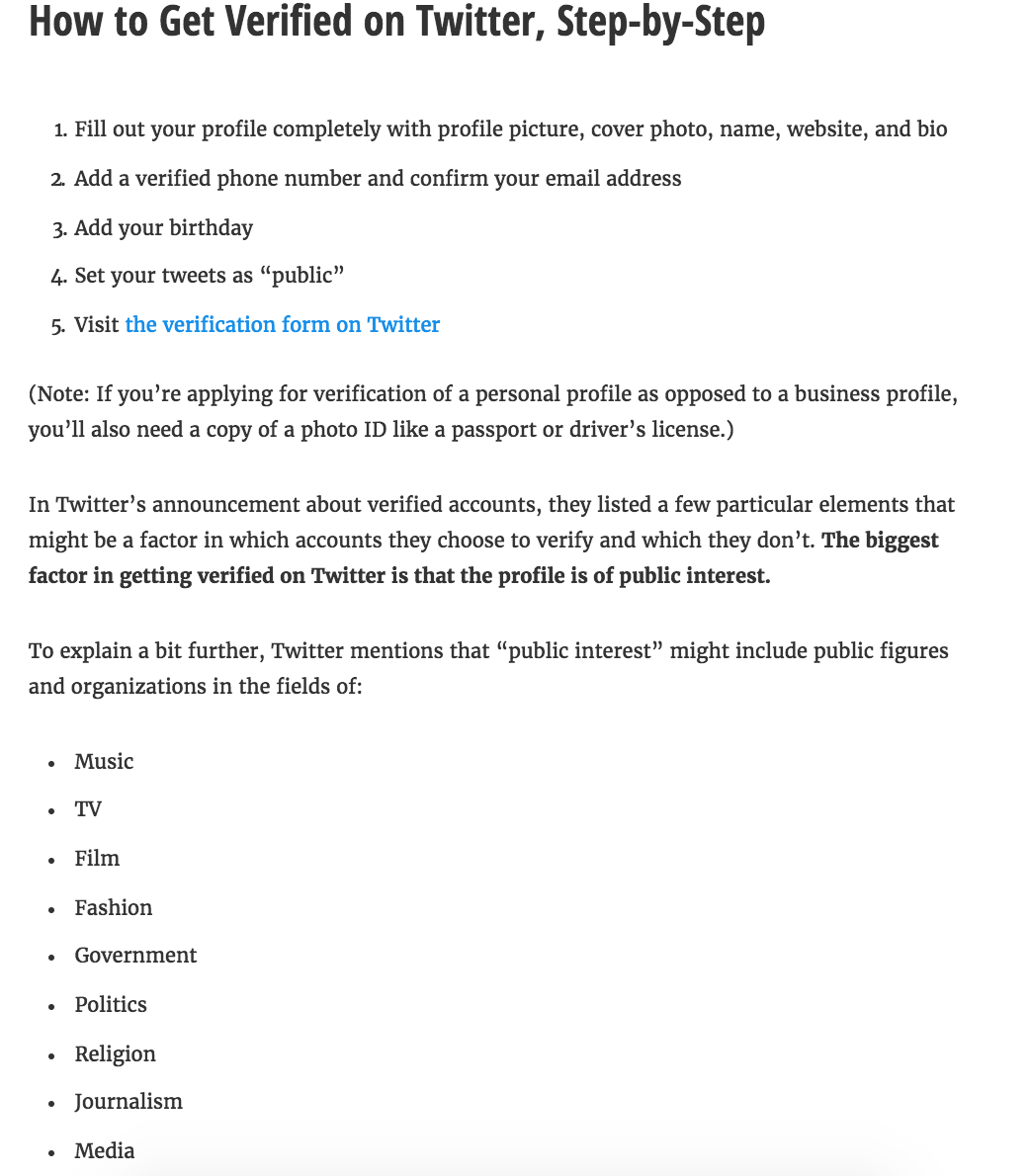
Subheadings are particularly important for longform content. If your readers are scrolling through your post and see paragraph after paragraph after paragraph, they’ll get tired. Fast.
Make sure your readers always know where they are in your post. Use subheadings as mile markers to remind your readers of the topic at hand.
And you absolutely have to include research. Your readers want to be sure that what you’re saying is backed by data. Posts that include real-life examples and case studies perform better than data-free posts.
Don’t skip over this step! Your article content plays a crucial role in conversion. If your content doesn’t wow people, do you think they’ll want to give you their emails? (Spoiler alert: they won’t.)
19. Ask for what you want
You know the expression “ask and you shall receive.”
It’s true in online marketing. Asking for the user to convert is a gift. They want to do it.
All you have to do is ask.
A business that uses free consults as part of its sales cycle should offer the user a free consultation.
Here’s are some examples:

A company that provides heat mapping analytics should ask users to create a heat map, like this:
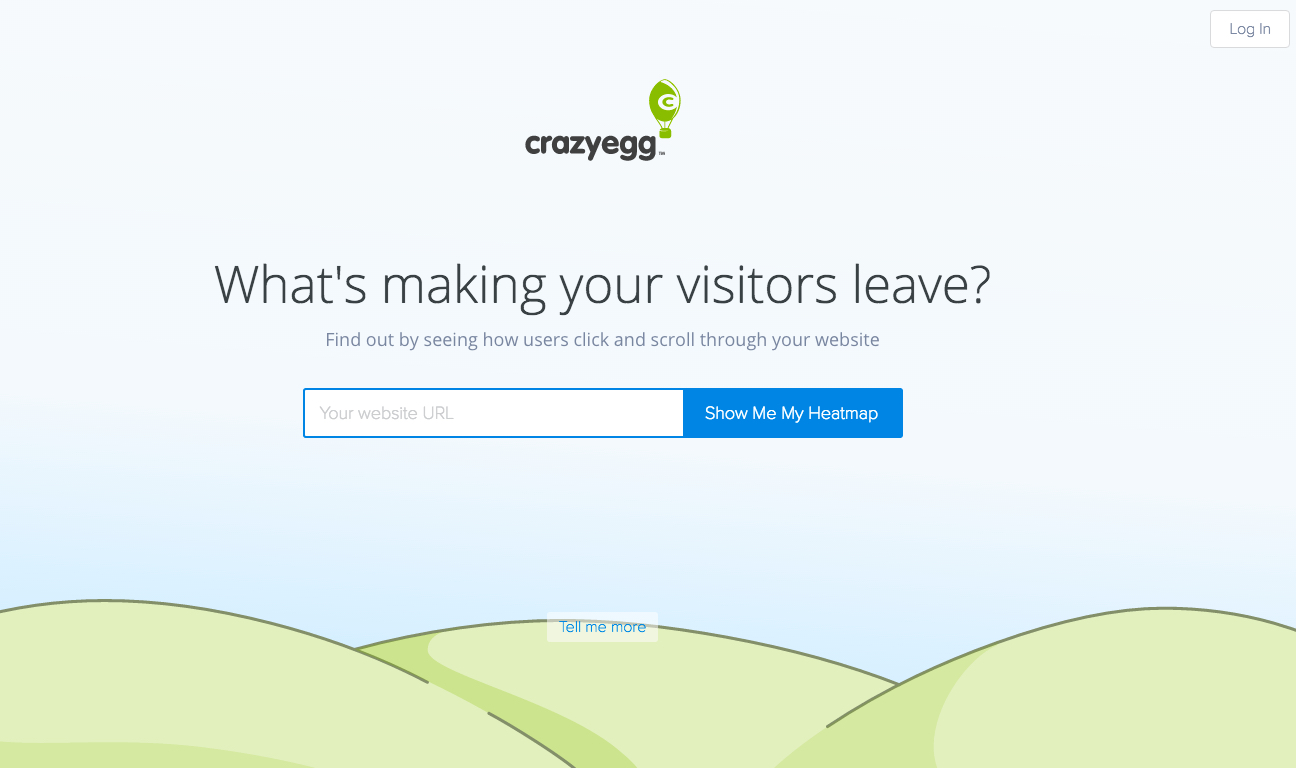
The conversion action you choose depends on what you’re trying to accomplish, but sometimes all you have to do is ask for it.
Conclusion
Blogging can be very profitable. You simply have to focus on converting your readers into customers.
When you do it right, selling equals helping your readers. Only promote products you know will improve your readers’ lives and you will see an increase in conversions.
After you’ve been blogging and interacting with readers for a while, you’ll realize it’s a small community. These people aren’t facts and figures. They’re humans with problems that need to be solved, and you can help.
It’s all about helping. If you’re focused on providing value then the converting them into customers part becomes a lot easier.
